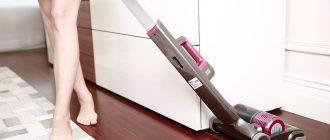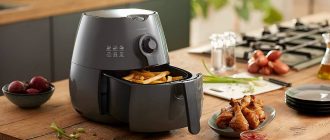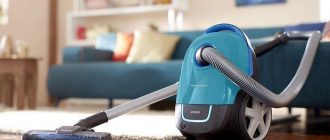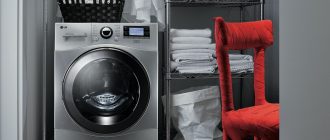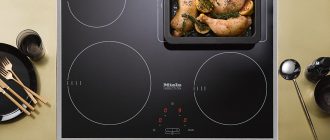
The iron, at least under its own weight, presses the product against the board. The main difference between the steamer and the iron is that in its main application it does not press, does not press the fabric, but smooths out folds with a jet of steam. A sparing attitude to the material allows you to refresh and straighten clothes, upholstered furniture, toys, curtains without reducing their service life. This is especially valuable for light silk or synthetic products. The second advantage of the device is that the steam kills most of the bacteria brought from the street or appeared in furniture and clothes.
Go straight to the steamer rating =>
Types of steamers
The development of the production of household appliances has clearly divided them into three types:
- manual;
- outdoor;
- combined.
Manual steamers mobile, work vertically and horizontally. They only use water and steam, most do not use chemicals. They can operate on mains and batteries, are compact, do not take up much space during storage. Among the disadvantages: low power and small capacity of water limits the amount of processing items of clothing without interruption.
Floor standing steamers represent a container with water and a boiler for heating water. Steam from the boiler is fed through a hose to the iron. One type of appliance uses a uniform jet of steam directly from the heater by gravity. Such steamers have less power, less functionality and less price.
The second type of floor-standing (vertical) appliances have a valve between the boiler and the iron. Due to this, an excess pressure is created, and a more powerful jet with portions of steam intensively processes more difficult products. The devices are effective when working with dense fabrics, they process many products without a break for refilling water. Disadvantages:
- large dimensions, take up a lot of storage space;
- often excessive power consumption;
- high price.
The unit is quite mobile due to the length of the cable and / or wheels.
Combined steamers combined two important everyday functions: steaming and cleaning from dirt. A stable, powerful jet with a steam flow rate of 70 g / min will keep clothes and furniture in order. Cleansing a bathtub, a gas stove from dirt using various nozzles is quite a feasible task. The disadvantages are the following properties:
- dimensions;
- increased requirements for water;
- great value.
Devices of this type are increasingly appearing in private homes.
What to look for when choosing a steamer
Before choosing a specific steamer model, you should understand what it is for:
- if a hand-held device is sufficient to keep several items in clothes in constant readiness, being in a small-sized housing or on a business trip;
- for several people living in a large house, a floor-standing unit is quite suitable;
- in a large family, with small children and animals, in a large house with upholstered furniture, cleaning of dirt and pests from clothes with steam is within the power of combined devices.
Having decided on the type of steamer, you can proceed to choosing a model.
Criterias of choice:
- power, a more powerful device solves problems better, and using it for small works is an extra cost;
- the volume and structure of the water tank sets the time of continuous operation;
- how steam is supplied (continuously or not, is there regulation);
- how quickly the unit is ready for operation;
- works only vertically or horizontally too;
- cable length determines the degree of freedom;
- ergonomics (ease of use).
In addition to these characteristics, the choice is influenced by water requirements, battery life, a set of accessories and much more.As a result, the model is determined by the offer price of the desired set of qualities, the manufacturer's brand and the purchase budget.
The steamer is gaining more and more popularity, since with minimal effort it will allow you to look neat not only for clothes, but also for your home, without dirt and pests.
